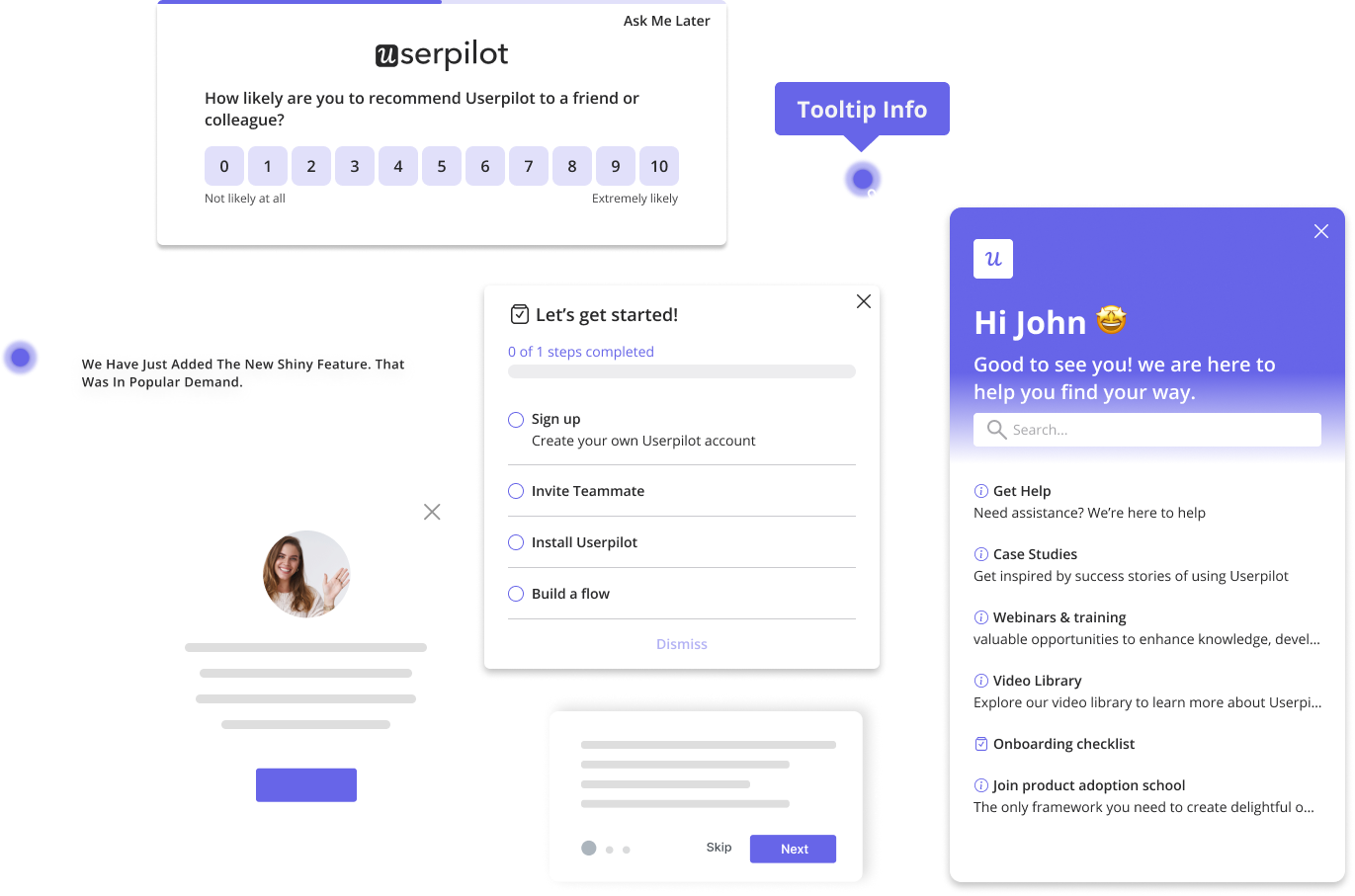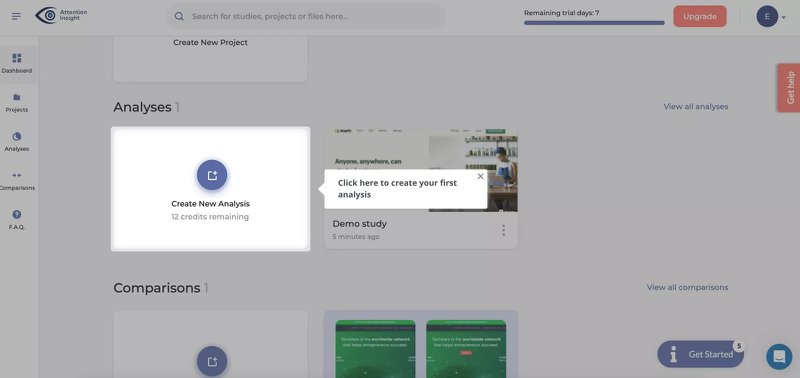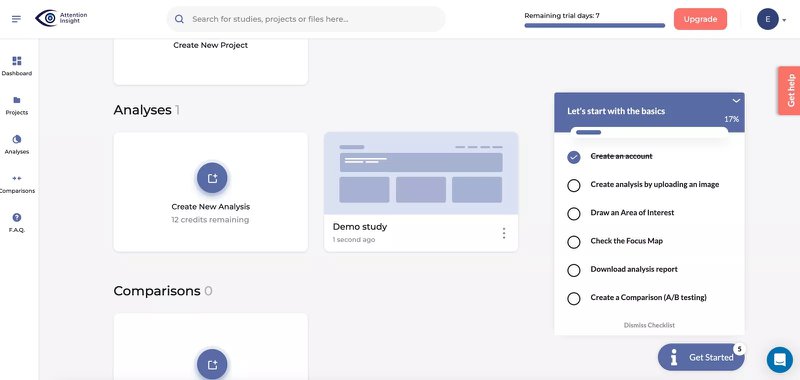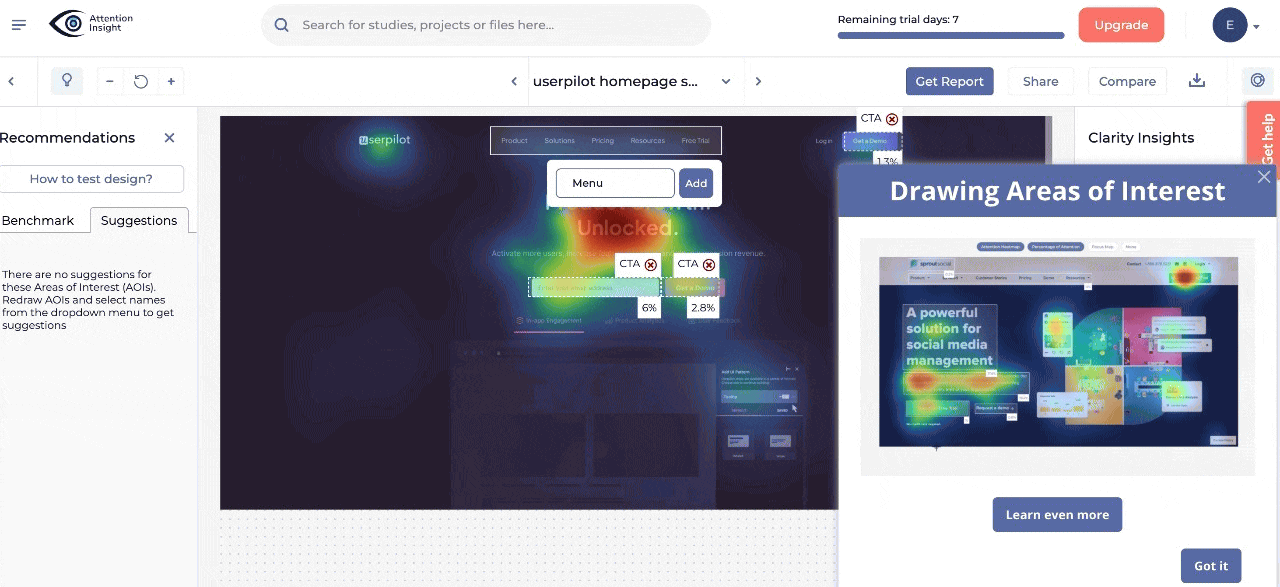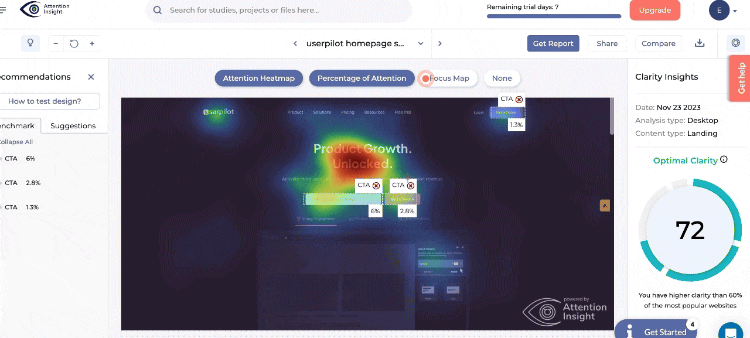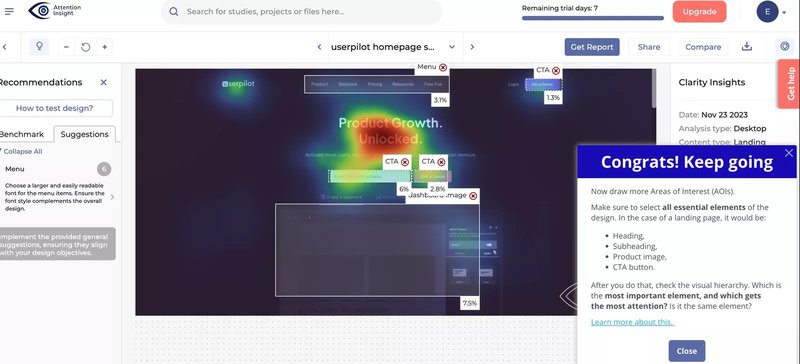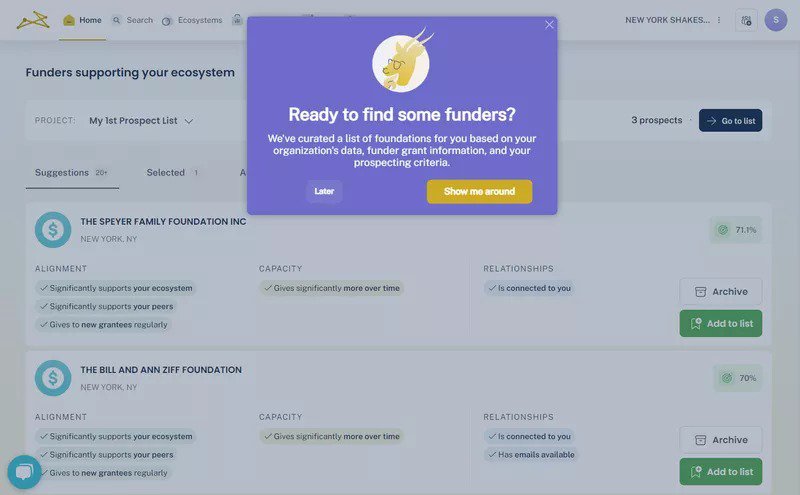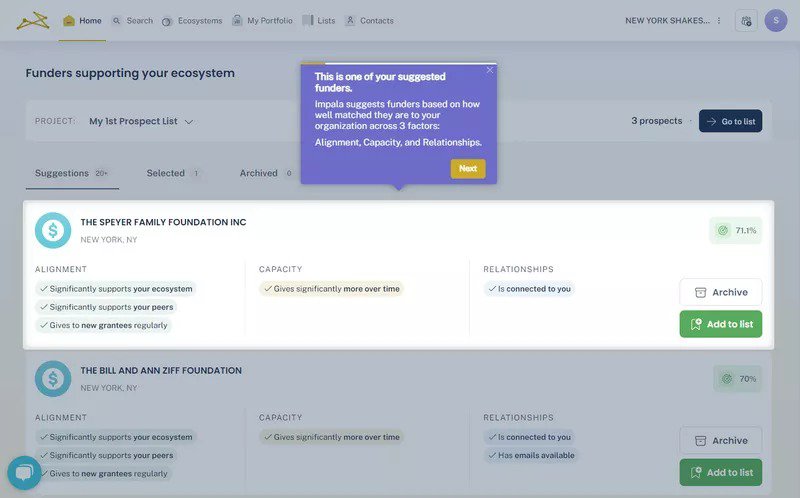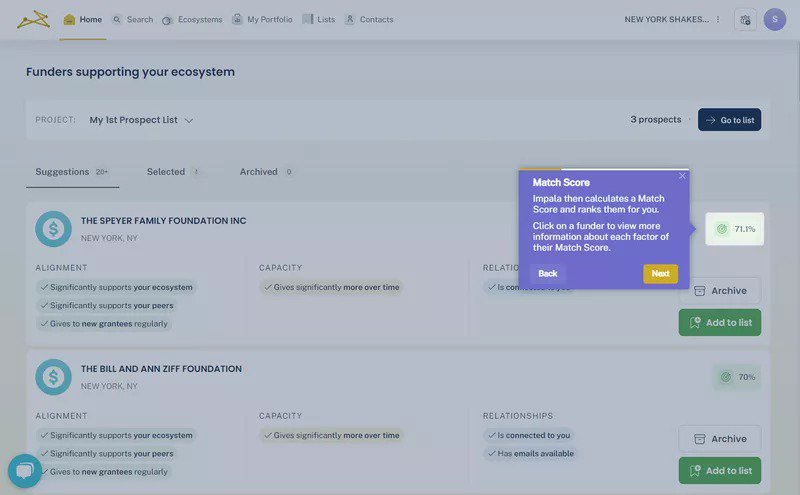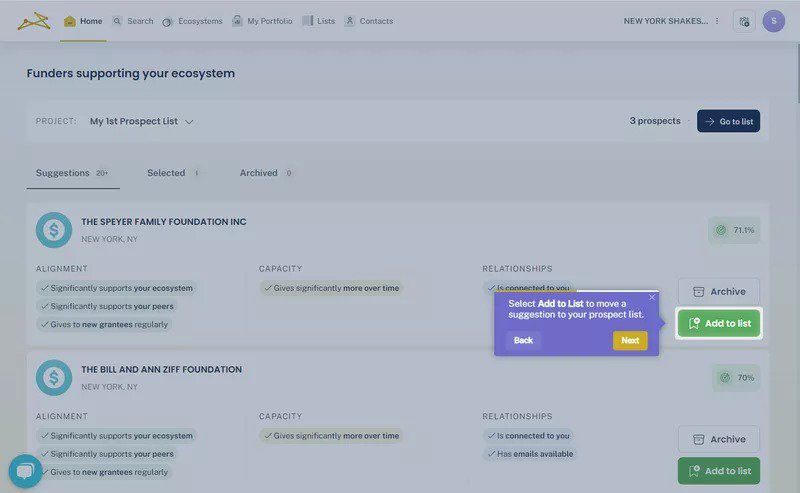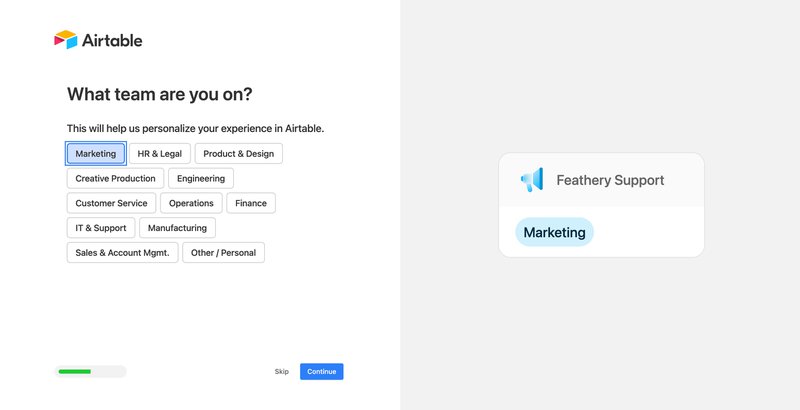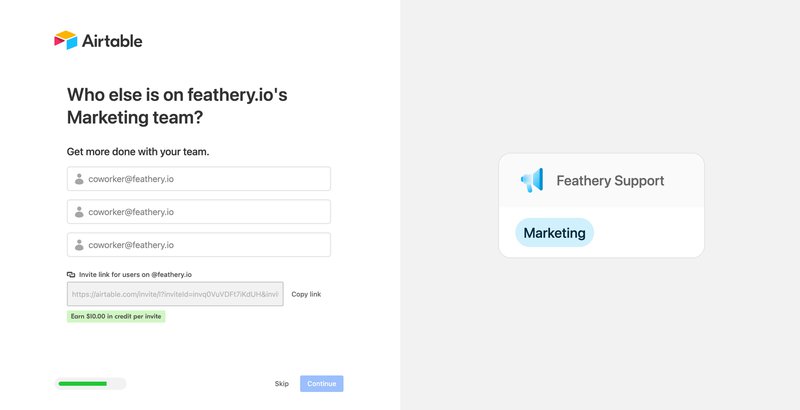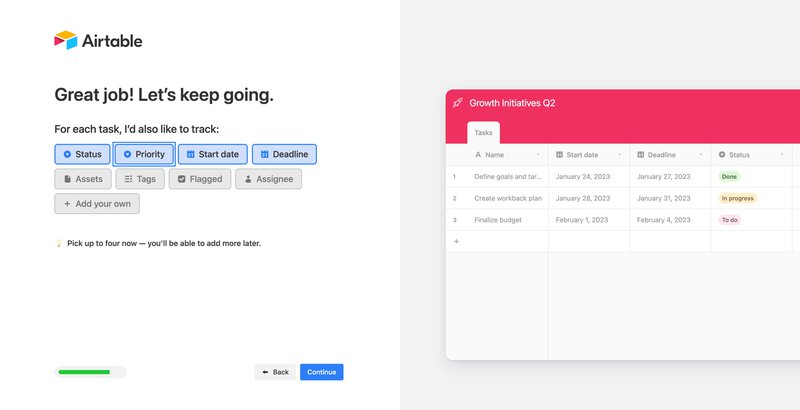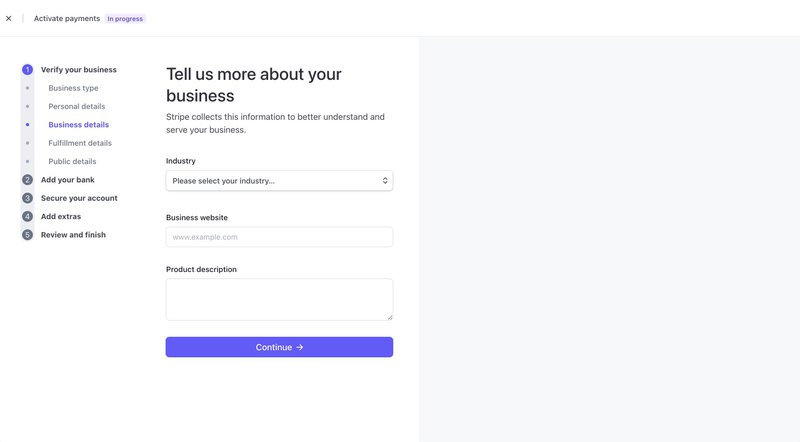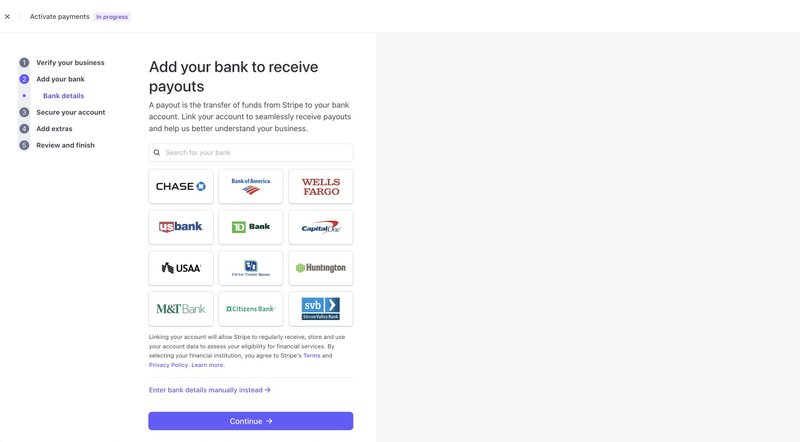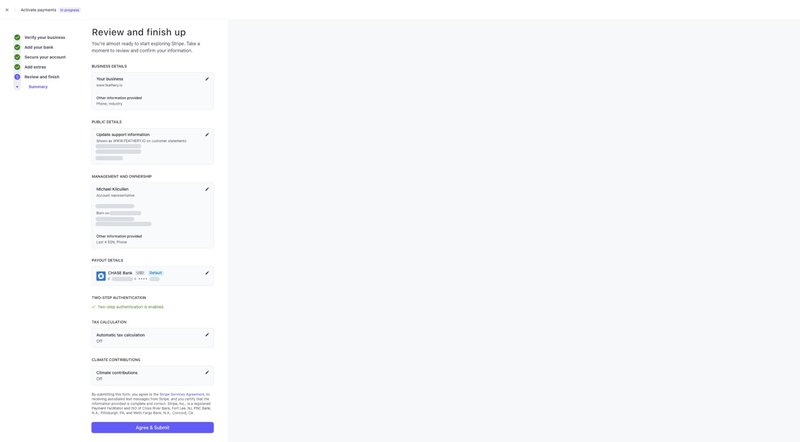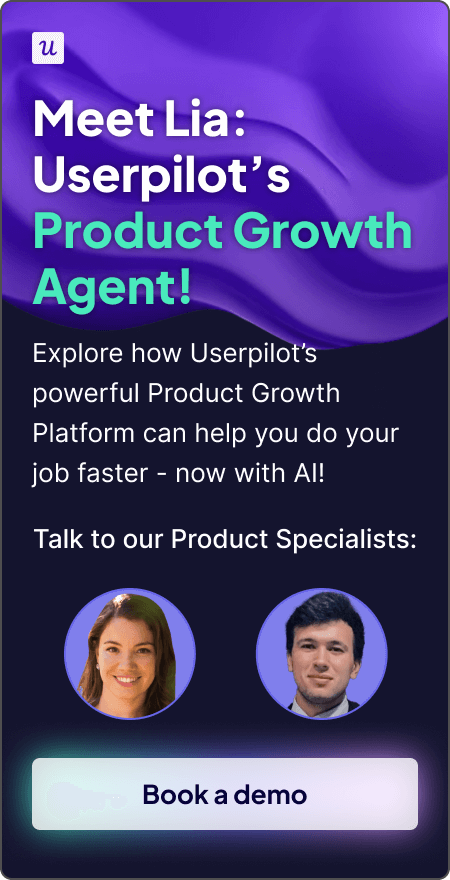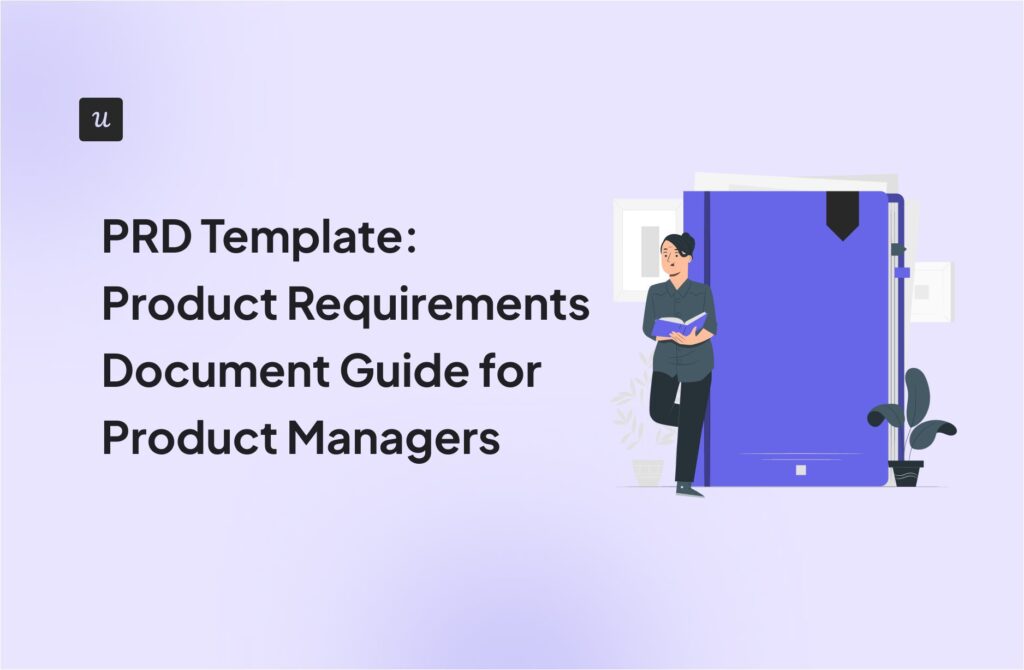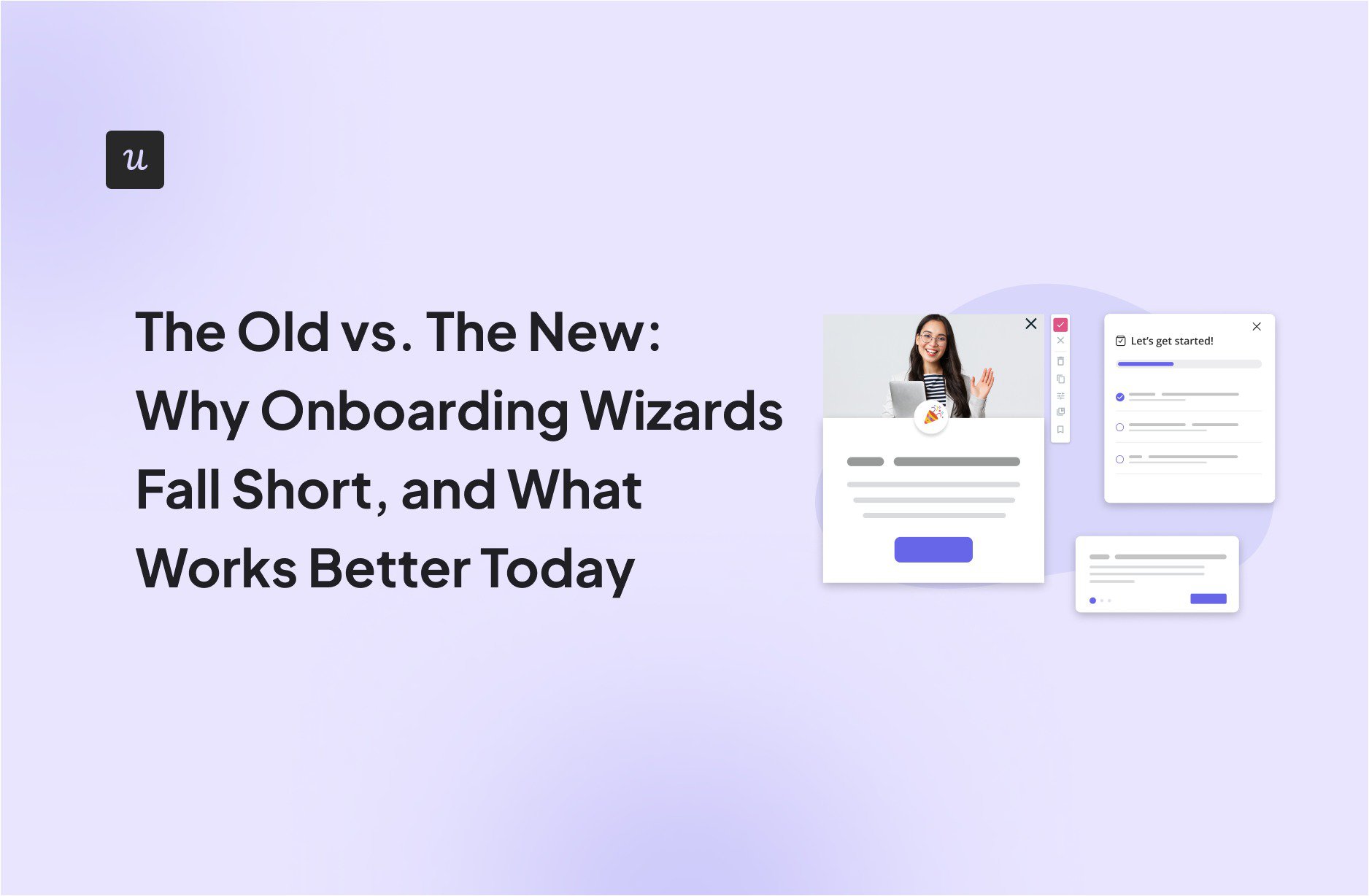
The Old vs. The New: Why Onboarding Wizards Fall Short, and What Works Better Today
If you’ve had a PC for a while, you probably remember the “setup wizard” that guided you step-by-step through various setups and installations. That classic example of an onboarding wizard could sometimes feel more like a chore than actual help. Still, clunky as it was, it served its purpose as an onboarding solution.
But the onboarding standards have changed since then, and users have come to expect something more than just a series of text-filled screens. Here at Userpilot, we’ve had the opportunity to learn about what it truly takes to onboard and retain users effectively.
In the article below, I’ll share what I’ve seen work for our customers and explain how to move past the limitations of those old wizards.
Try Userpilot Now
See Why 1,000+ Teams Choose Userpilot
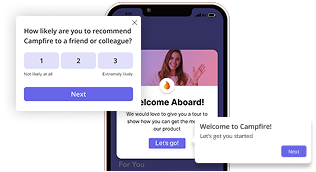
What is an onboarding wizard?
An onboarding wizard is a simple user interface element designed to guide new users through the initial setup of the product. As such, it isn’t a full onboarding walkthrough.
Think of the Windows setup wizard, featuring a series of full-screen dialogs for installing and configuring a program. It wasn’t sophisticated, consisting only of a series of instructions and tickboxes connected with the “Next” button.
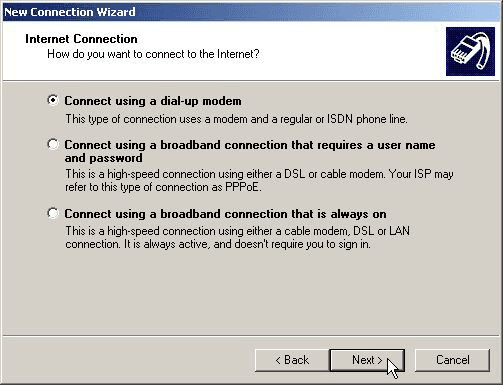
Now, in most SaaS products, it’s been replaced with more interactive onboarding flows or signup flows that include a more complete experience and personalization.
Where does the onboarding wizard fall short?
From my experience with product design, the traditional onboarding wizard fails to create a valuable product experience necessary for successful user activation. Here’s what makes it ill-equipped for modern digital products:
- Limited functionality: These wizards typically focus on technical setup. While they’re great for installations or getting through the initial settings, they rarely teach you how to use the product meaningfully to benefit from its features.
- No hands-on learning: Onboarding wizards aren’t interactive. Users only needed to click “Next” through static screens, unable to truly explore the product. We know that time to value (TTV) is key for SaaS products, so this approach hinders user activation.
- Low personalization: Wizards are often impersonal, ignoring differences in user roles, goals, or experience level. SaaS products benefit from personalized onboarding experiences tailored to the users’ JTBDs.
- Maintenance challenges: As products evolve, hard-coded wizards get hard to maintain and iterate on. For digital products, onboarding flows need regular updates.
Modern alternative for onboarding wizards: Contextual in-app onboarding
For most SaaS apps, the onboarding has shifted from telling users what to do to guiding them to find value.
That’s why most digital products adopt in-app onboarding experiences right within the application to help mitigate all the shortcomings of the onboarding wizards. Here’s what they offer:
- Contextual approach: As the onboarding flow appears right within the product, it immediately introduces the app environment and shows what it looks like.
- Learning by doing: The flows encourage users to explore the app and use the features as they go.
- Interactivity: The various UI elements gamify the experience, helping to keep the attention span of the users and making them more motivated to finish the onboarding.
To achieve all this, a modern onboarding flow can combine one or more of the following UI elements:
Welcome screens and other modals
A modal is a large, rectangular UI element that typically pops up in the middle of a product window to notify the user of something important.
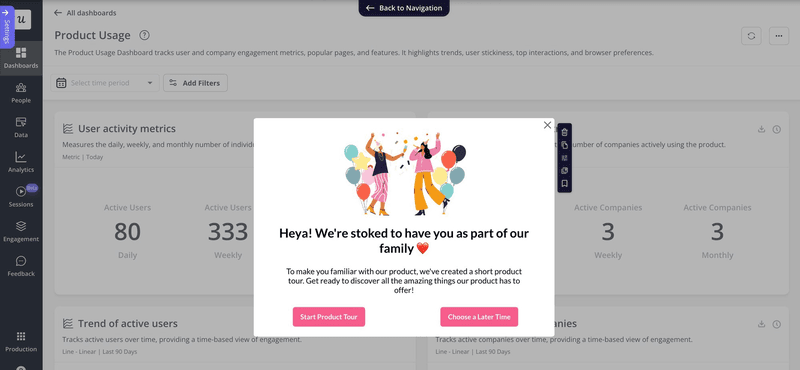
They’re ideal for sharing and collecting the necessary initial information. As such, they work well as welcome screens that kick off the onboarding flow, setting expectations and highlighting key features/benefits.
The welcome screens should also include an onboarding survey for collecting targeted user data that serves to personalize the subsequent flow. For example, asking the users about their main goals can unlock different walkthrough paths.
Onboarding checklist
An onboarding checklist is a UI element that displays a list of key actions a new user needs to complete to activate.
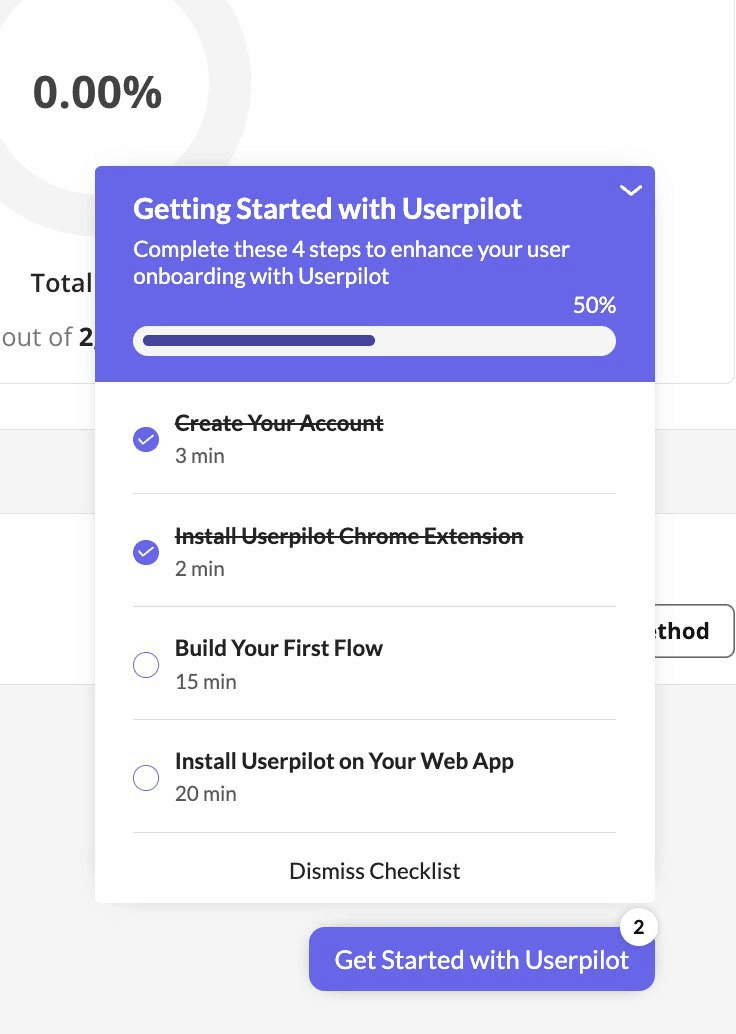
While checklists may resemble the onboarding wizards because of their “complete tasks in the right order to progress” approach, here’s how they’re an improvement:
- They live inside the app and don’t disrupt the product usage. As such, they provide a clear, actionable roadmap of a successful activation flow, but let the users explore the product freely.
- Finalizing a task usually requires taking actions inside the app, which encourages product adoption.
Interactive walkthrough
An interactive walkthrough is a guided in-app tour that combines different UI elements that provide educational tips and prompt the user to act. Each contains a button or other CTA that moves the user to the next step.
Interactive walkthroughs have many advantages over onboarding wizards:
- They showcase the app’s actual interface and features.
- They teach correct product navigation, so users don’t get lost.
- They break down complex tasks into small, guided steps, preventing dropoffs caused by friction and frustration.
In Userpilot, we offer the following onboarding flow elements that can all be set up without code:
- Tooltips: These are small, non-intrusive text boxes tied to a specific app element, such as an icon, button, or field. Tooltips can contain usage instructions, links to educational resources, or other tips.
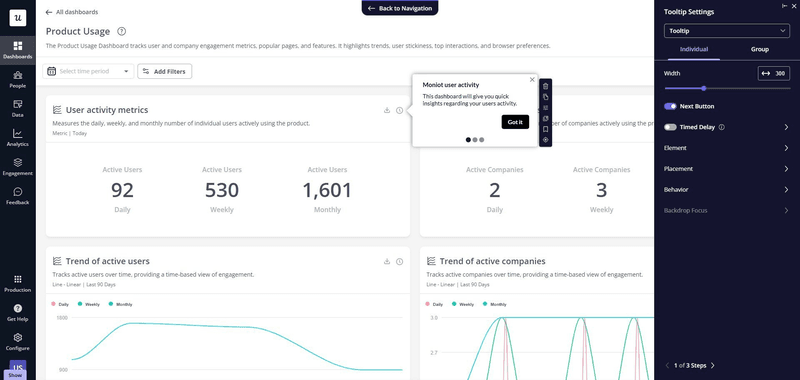
- Hotspots: Small pulsing or visually distinct dots placed over a specific UI area. Hotspots draw attention to new features or important areas and can trigger a tooltip/modal when clicked.
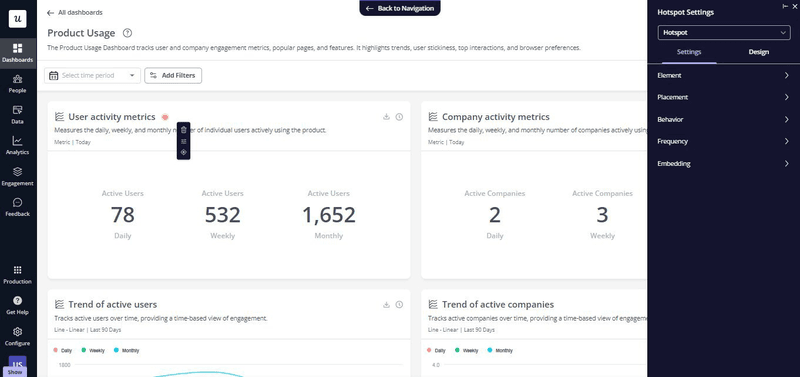
- Slideouts: Small, nonintrusive messages that can contain as much information as modals without workflow interruption, making them ideal for contextual prompts.

Resource center
An in-app resource center, or a help center, is a knowledge hub within your application that hosts educational resources, links to contact customer support, FAQs, video tutorials, etc.
Resource center improves the onboarding in the following ways:
- It lets the users learn however they prefer (reading articles, watching videos, or following guided walkthroughs).
- It is always available, enabling users to receive self-service support within the application.
- Its search functionality enables users to find what they need quickly and return to exploring the app’s value.
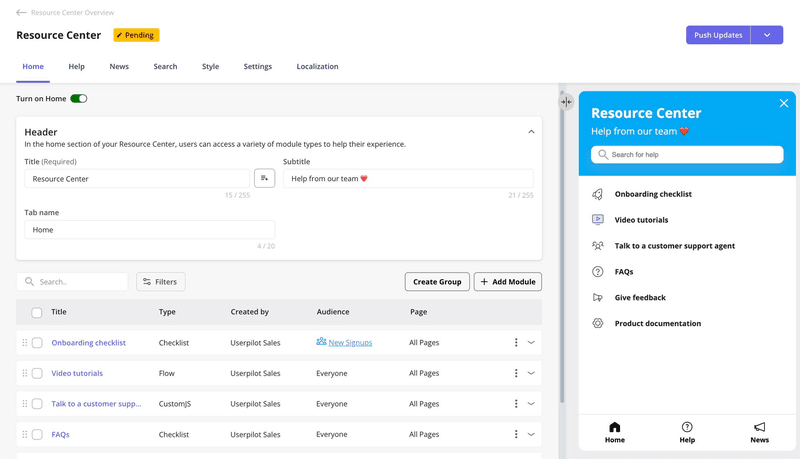
What’s your biggest onboarding challenge?
How are you currently guiding new users?
How do you announce new features to users?
How do you collect user feedback on your onboarding?
A great onboarding wizard fixes all of this.
An effective onboarding wizard doesn’t just show users around—it guides them to value. By personalizing experiences, you can boost activation, drive feature adoption, and gather contextual feedback to build a better product.
Best in-app onboarding flow examples
I’ve compiled some of my best SaaS examples to help inspire you to build your perfect onboarding flow.
Attention Insights: Hyper-interactive onboarding flow for complete user activation
Attention Insights, Userpilot’s customer, struggled with slow user activation, so they set up a structured onboarding with a hands-on interactive feature walkthrough. With this new tutorial, they boosted activation by 47%.
The comprehensive user onboarding flow consists of tooltips that prompt users to take actions inside the product. It also includes a checklist with key tasks, attention-grabbing hotspots, a congratulatory slideout upon the completion of each event, and an always-available resource center.
There are several reasons why I like this onboarding flow:
- Variety of UI elements: Attention Insight used multiple in-app engagement elements to provide a detailed walkthrough of the feature. All perfectly fit the app’s UI and don’t disrupt the usage.
- Interactivity: The walkthroughs often required users to complete specific actions before triggering the next step. This hands-on approach led to the user activation boost.
Impala: Highly personalized onboarding flow for the quickest time-to-value
Impala also designed an interactive flow with Userpilot that leverages user segmentation to personalize the experience for different user personas. Not long after a no-code implementation, the customer success team was celebrating a whopping 100% increase in user activation.
The above walkthrough aimed at fundraisers starts with a modal highlighting what the user can expect from the platform. Next, explanatory tooltips guide the user through different UI features and prompt them to create a list of suitable prospects.
Here’s why I think Impala had a great success with their flow:
- High personalization: Impala shows the most relevant features for each user segment, guaranteeing a quicker time to value.
- Step-by-step walkthrough: The onboarding flow introduces relevant features and elements individually to avoid confusion.
- Action prompt: Different interactive elements ensure the user takes the desired action, leading to quicker activation.
Airtable: An interactive approach to he onboarding wizard
I brought the Airtable example here because it follows a full-screen setup flow, which resembles the classic onboarding wizard. However, Airtable’s onboarding sequence is full of interactive elements, which later lead to a very personalized experience.
After you log into your account, Airtable requests data about your team and role, and prompts you to invite fellow team members. Once that’s done, the next few screens help you get up and running by importing data and creating your first project tracker.
This is a modern take on onboarding wizards that are good for the following reasons:
- Immediate personalization: Each question, prompt, and dialog helps the user personalize the product while teaching them how basic features work. When you finally enter the app interface, it is already customized and ready to go.
- Progress bar: Gives users a sense of progress and accomplishment as they move through multiple screens.
- Interactivity: Before the flow is completed, the user has invited teammates, set up a project space, and defined their first task or project.
Stripe: Complex setup made clear and easy
Stripe is one of those products that requires a more complex initial setup, so it takes their customers through a wizard-like flow that’s still designed with a modern UX approach in mind.
Stripe’s setup sequence starts by verifying your account and requesting your business, personal, and bank details. Following that, you’re prompted to set up 2FA security and review the provided information before completing the setup.
Here’s why I think it’s a great example of an onboarding wizard-like flow:
- Comprehensive approach: The onboarding wizard perfectly structures the long list of necessary setup steps, allowing the user to track their progress.
- Clear list of steps: Stripe opted for a list of steps instead of a progress bar, which fits this complexity level better.
- Questions for personalization: The collected data ensures the account is already personalized and set up for use by the time the user logs in.
Tips and best practices for a top-notch onboarding strategy
Let’s go through some tips and best practices that I’ve found useful for creating a successful onboarding flow.
Personalize the user’s journey
A one-size-fits-all approach to onboarding is a relic in today’s product-led-growth strategy. No user is equally interested in every product feature, so personalization is key to faster activation and higher retention.
So, collect data about users’ roles/industries/goals using the welcome modal. Then, set up customer segmentation based on the responses.
Finally, trigger different onboarding paths for each segment.
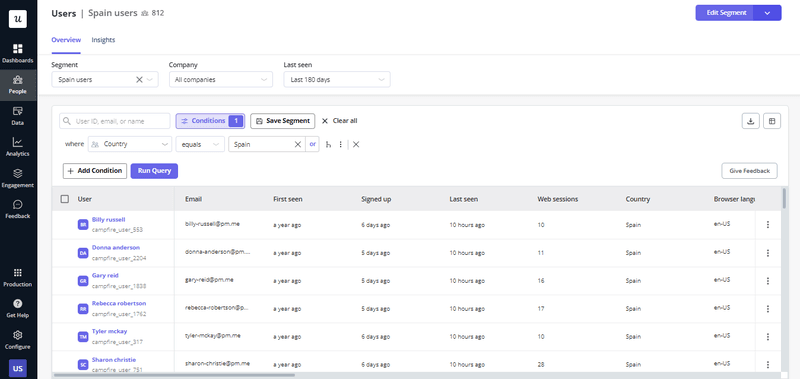
Lead the user to the Aha moment
As such, your onboarding flow should lead the user straight to your app’s ‘Aha!’ moment to ensure they quickly realize the app’s value. Design a clear path with tooltips that walk the user through each step.
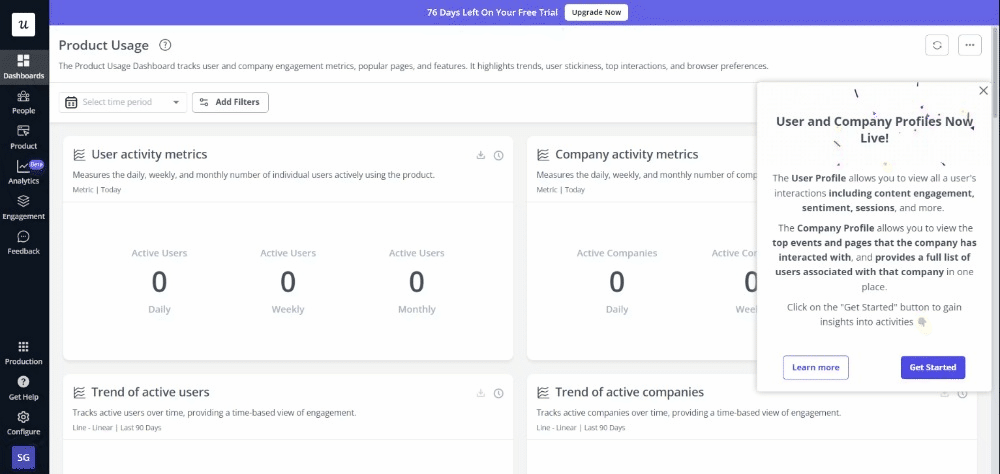
Keep your onboarding flow succinct and to-the-point, showcasing only critical information needed for activation. This may mean saving extra information for later as part of a secondary onboarding process.
For example, Userpilot lets you trigger specific onboarding flows when a user first interacts with a secondary feature or meets other conditions.
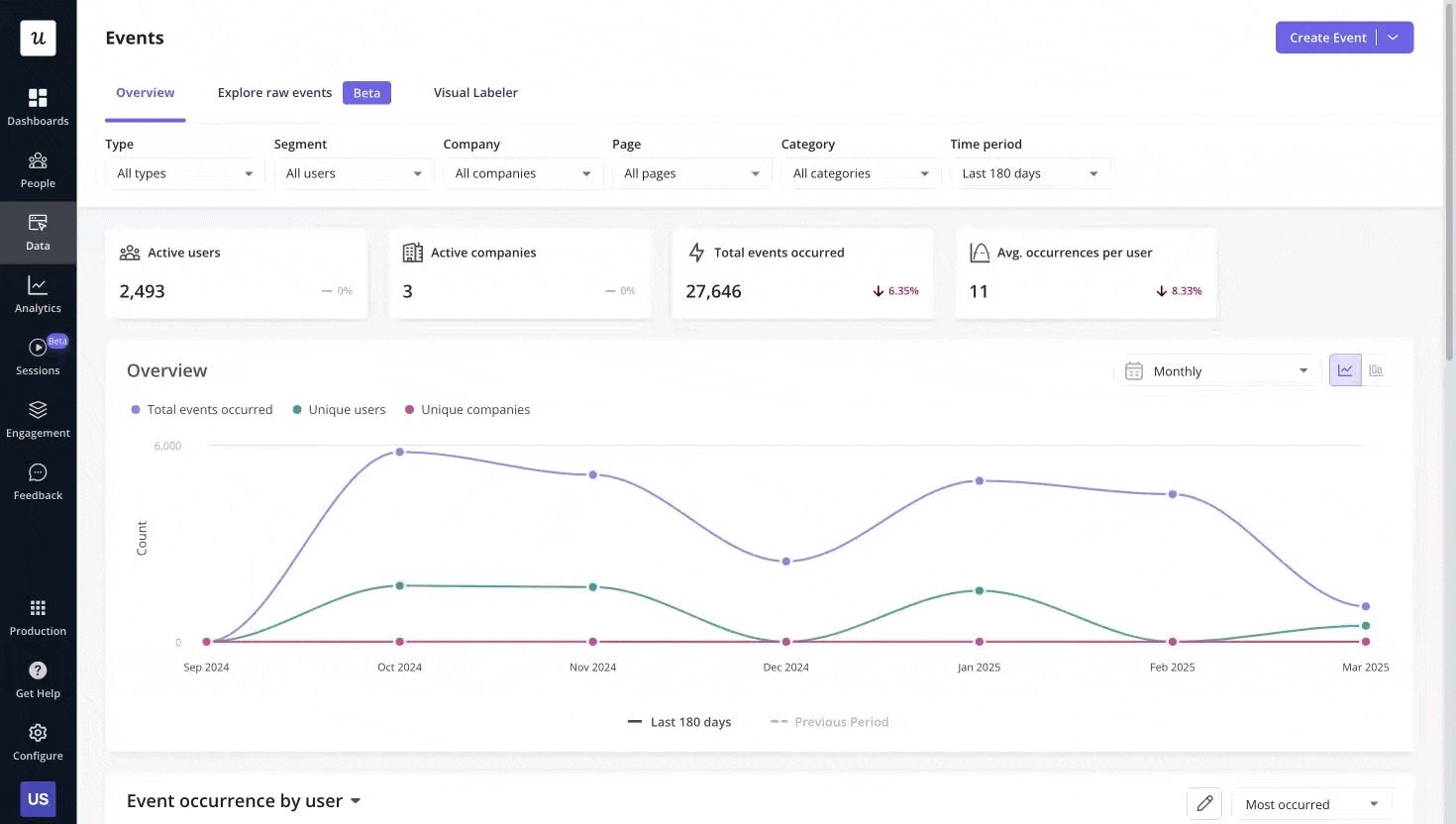
Test, analyze data, iterate
Never forget to test, review, and monitor your in-app onboarding strategy. This way, you can learn what works or doesn’t work and make tweaks to improve your flow.
I especially love testing variants of elements before settling for the most promising one. Thankfully, Userpilot makes the process of comparing different versions of your in-app elements easy with no-code A/B testing.
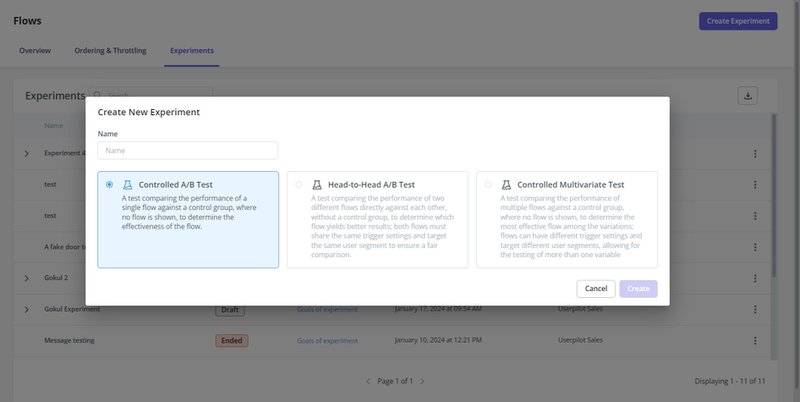
Once you’ve launched the flow, Userpilot’s advanced page analytics and reporting feature can help you track the onboarding performance and effectiveness. You can monitor statistics such as the number of signups or time to activation, find trends and patterns, or observe user behavior connected with your flows.
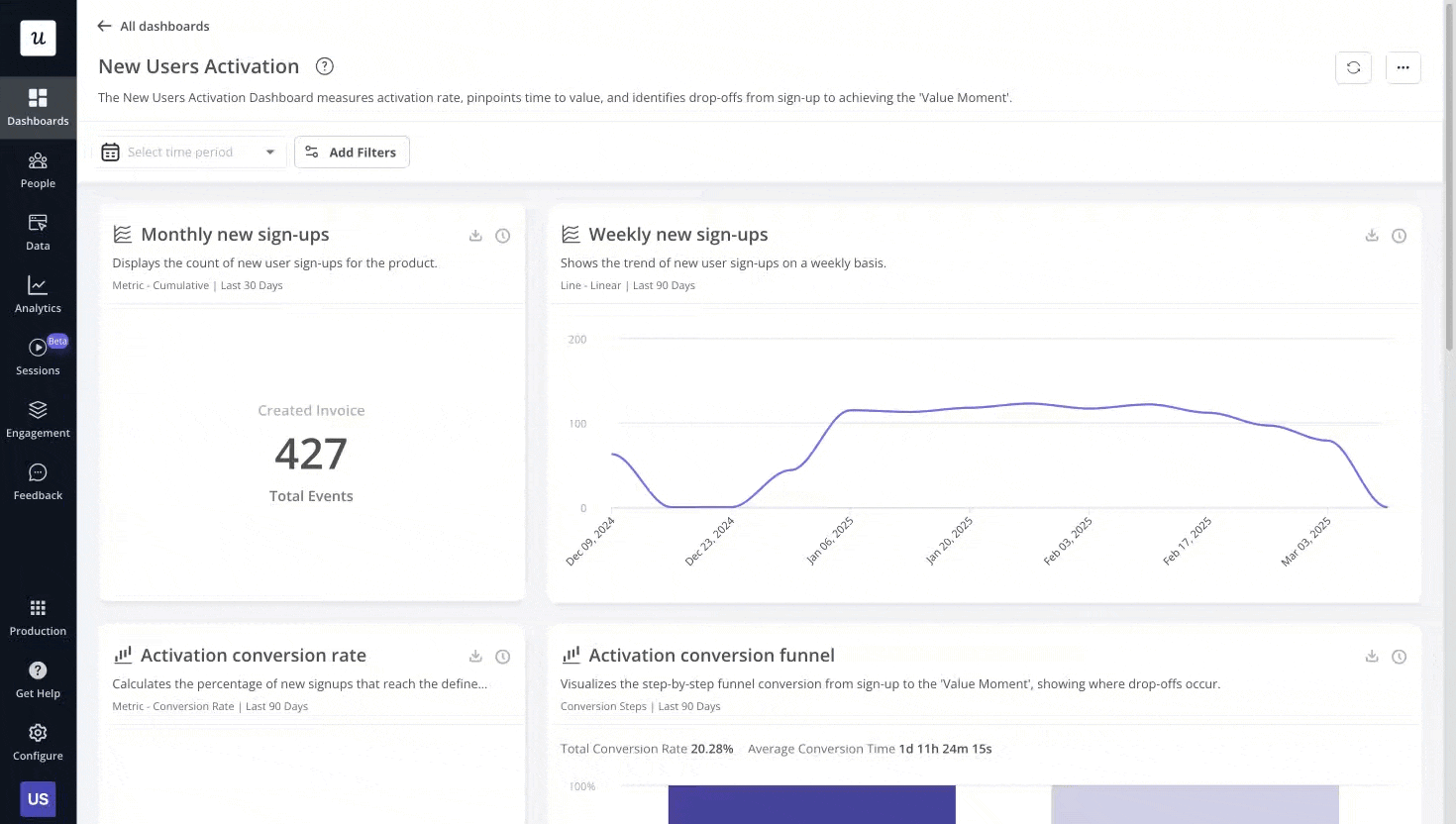
And, if you wish to, you can trigger an onboarding survey right after the flow to collect user feedback.
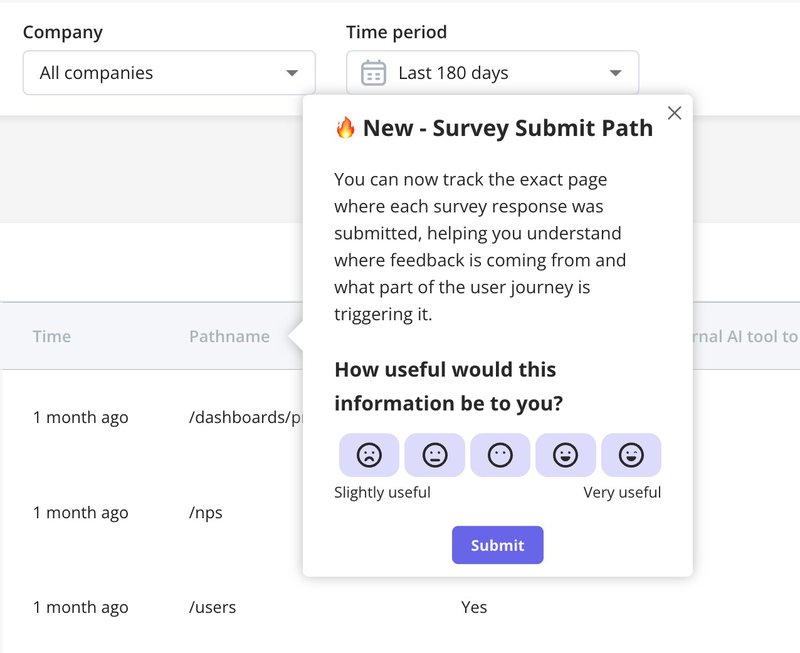
Set up an interactive user onboarding flow in Userpilot
The old “onboarding wizard” served its purpose, but the modern SaaS products demand a more dynamic, user-centric approach. By shifting towards in-app, interactive, and data-driven onboarding experiences, you not only make a better first impression but also set your users up for long-term success and boost your product growth.
If you’re set to begin, you’ll benefit from working with an onboarding platform like Userpilot.
Book a demo today to see how Userpilot’s onboarding tools can turn you into a real onboarding wizard.

